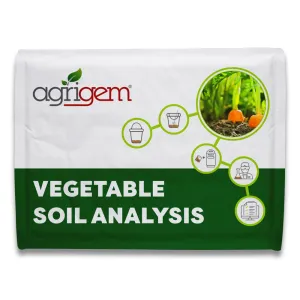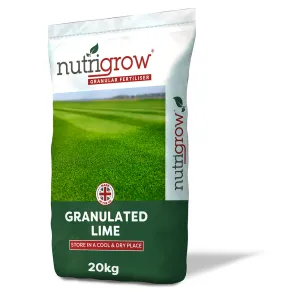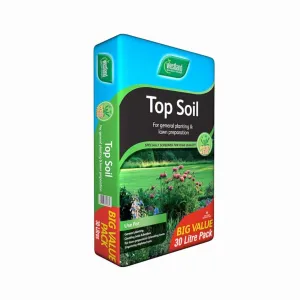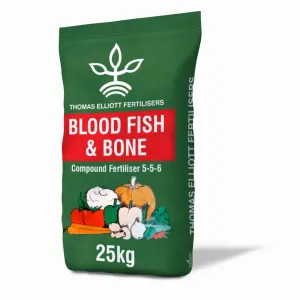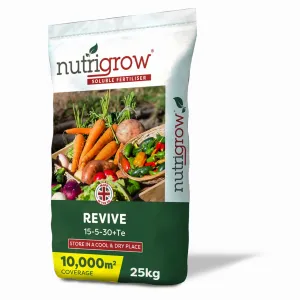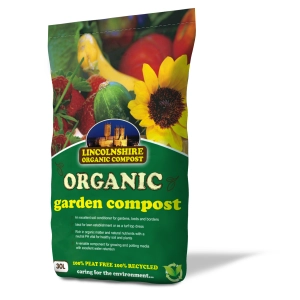England has been producing exceptional quality wine for many years now, with sparkling wines from Kent rivalling some of the best French champagnes.
And it’s not hard to see why. The climate in Kent is perfect for grape growing – warm and dry with longer summers to help ripen fruits.
In fact, southern and eastern home counties, southwest coastal regions, Gloucestershire, Herefordshire and even the previously cooler midlands regions are all producing excellent wines. So, could you give it a go?
If you live anywhere from Lincoln south, then you stand a good chance of producing a passable back-garden Chardonnay. Some other common grape varieties in the United Kingdom include Pinot Noir, Bacchus and Ortega.
If you reside in the north of the UK or Scotland, the weather is still unlikely to be warm enough yet to produce common grape varieties outdoors.
However, take heart! Grapes can be grown in glasshouses and hardier varieties such as Vroege Van der Laan could well be worth a go in a sunny border or along a south facing fence.
The right soil type?
First off, you’ll need to understand that grape vines tend to prefer slightly alkaline soil.
If you know the pH of your garden soil, you’re off to a head start. If not, start by testing it with a soil analysis kit which will show you exactly what your current soil pH is - as well as identifying levels of nutrients and trace elements available in the soil.
If you find your soil is too acidic, you can alter it and achieve an immediate result by adding granulated lime.
Application rates will depend on the type of soil you have. Our technical team are here to help and advise you, so get in touch for guidance if you’re unsure how to test or achieve the right soil type.
Growing the vine
Plant your vine where it is likely to receive optimum sunlight; in other words, away from the shadow of trees and buildings, and ideally in a south-facing orientation.
You can plant your grape at any time of year assuming the ground isn’t frozen, but the optimum planting period is from October to March.
If you have the space for a row of vines, plant the row north south to allow the sun to reach as much of the plant as possible.
You don’t need a huge garden to grow a grapevine, they will thrive in a large pot and often crop very well with restricted roots – putting more energy into the development of fruit.
Your slightly alkaline soil should be free draining as grapes will not do well in water-logged soil. If you are growing in a pot, add pebbles or crocks to the bottom and use a good compost. If planting in the ground, make sure to weed well and add a good fertiliser. If you need to improve the drainage, add topsoil too.
Make sure you provide good support for new young growth. Grape vines are usually happy to clamber over a pergola or along wires and trellis.
Commercial vineyards use a support format known as the Guyot System which can be adapted for the home grower. This is a process of using horizontal galvanised support wires set away from a fence or wall using long screw-in vine eyes.
Maintaining your vine
Leave your vine unpruned for the first year to give it the best chance of establishing. Remove any grapes before they get too large to avoid weight damage to the stems in the first year of growth.
In the following January, you can prune it back to a single shoot from the main central stem. Your grapes will grow on shoots from this single year-old stalk.
Water your vine well in spring, especially if the weather is dry and again throughout summer. Make sure you water regularly and consistently to avoid the fruit splitting. Use mulch around the base of the vine in spring to suppress weeds and prevent moisture loss.
All grapevines will require regular feeding during the growing season. Blood fish and bone is a good grapevine fertiliser to use during vine growth, and a high potassium fertiliser is ideal to help boost fruit growth when the fruits first appear.
However, if you are trying to produce grapes for wine, feed sparingly as smaller grapes are likely to produce more flavoursome wine.
Disease management
Mildew is the most common problem faced by grapevines, made worse by spells of hot dry weather and a lack of air circulation. There are many fungicides that will treat mildew, take a look at our guide to getting rid of powdery mildew.
There are viruses that can affect grapevines but at the time of writing, these are not widespread in the UK.
With good hygiene and plant management practices, you should be able to grow a healthy grapevine. Always remove fallen leaves to prevent the spread of fungus, avoid drought stress, and ensure there is enough ventilation around the plant.
We’d love to hear your grapevine success stories – did you make wine or produce delicious eating grapes? Let us know! Email marketing@agrigem.co.uk




